Our chosen theme: Furniture Recycling and Upcycling. Step into a creative, sustainable world where cast-off chairs, cabinets, and tables become stories worth sharing. Explore ideas, learn hands-on techniques, and join a community that turns yesterday’s furniture into tomorrow’s heirlooms.
Why Furniture Recycling and Upcycling Matter Today
Every upcycled piece diverts bulky waste from landfills and reduces demand for virgin materials like timber and metals. By choosing to repair or reinvent furniture, you conserve energy otherwise spent on manufacturing new items and cut your household’s carbon footprint significantly.
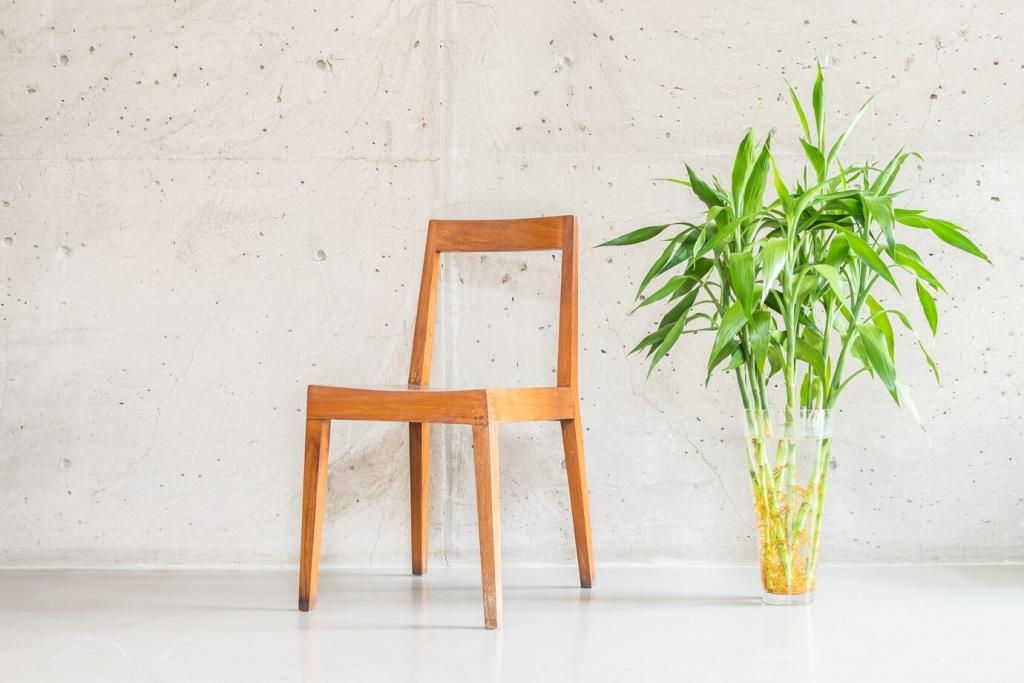
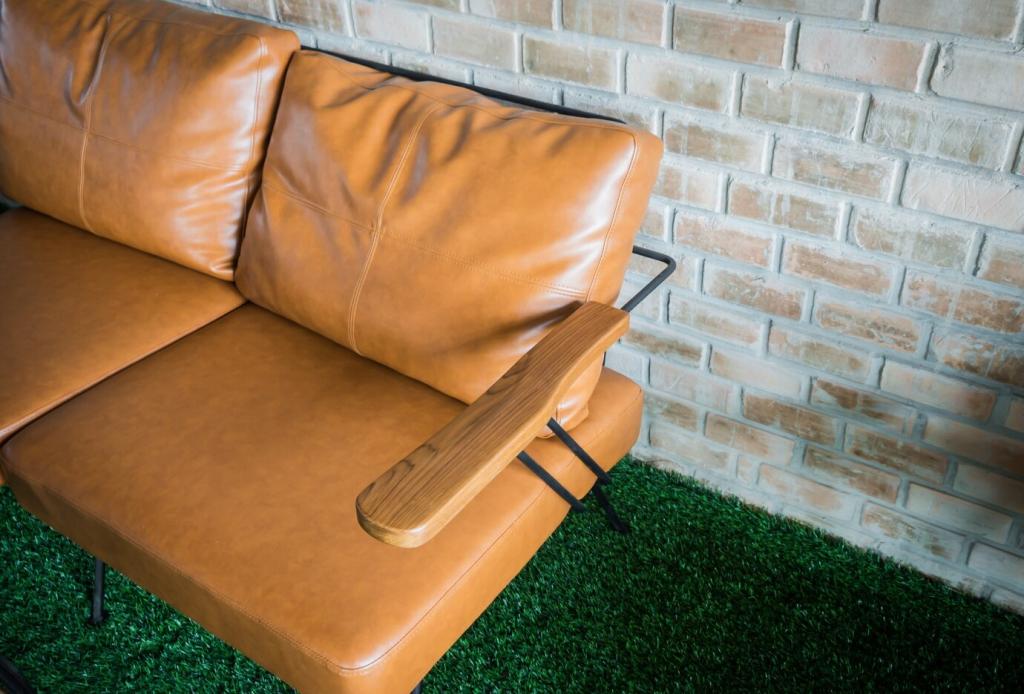
Why Furniture Recycling and Upcycling Matter Today
Upcycling stretches your budget without compromising character. Instead of purchasing new mass-produced pieces, you curate unique designs with paint, fabric, or reclaimed hardware, achieving personalized detail and durable function while keeping costs manageable for evolving rooms and changing lifestyles.
Getting Started: Sourcing Pieces and Planning Projects
Search curbside collections, thrift stores, estate sales, and online marketplaces. Ask local hotels, offices, or theaters about decommissioned pieces. Look for solid frames, quality joinery, and repairable defects, prioritizing items with timeless lines that accept new finishes, fabrics, and hardware beautifully.
Getting Started: Sourcing Pieces and Planning Projects
Check for wobble, cracks, and water damage. Identify solid wood versus veneer to choose suitable methods. Note previous coatings, glues, and hardware conditions. Photograph details, measure spaces, and plan reinforcements before you sand, strip, seal, or paint anything, ensuring a dependable, lasting transformation.
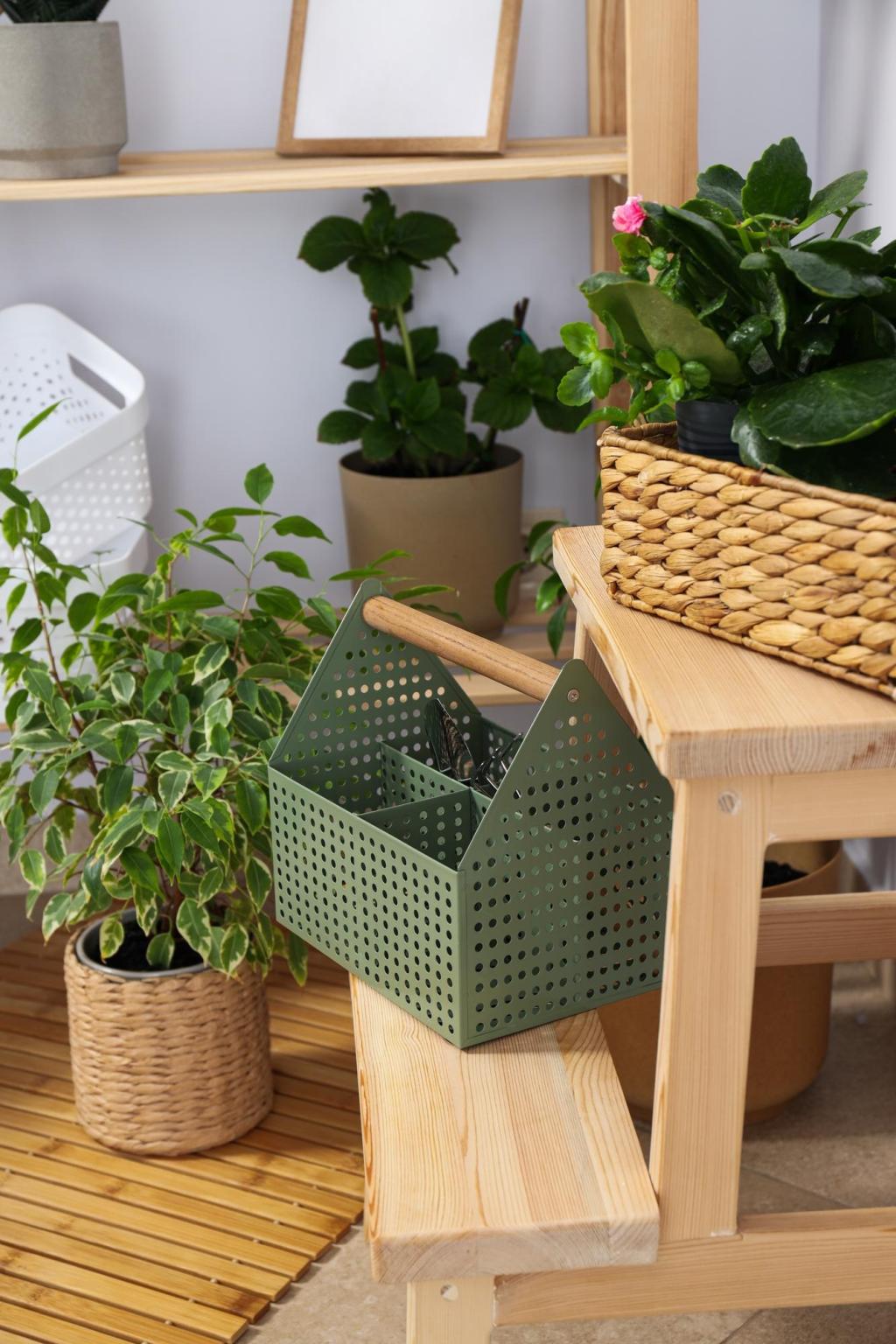
Techniques That Transform: From Sanding to Stenciling
Preparation: Cleaning, Sanding, and Repairs
Begin by washing away oils and grime with gentle cleaners. Repair loose joints with wood glue and clamps. Sand progressively for smoothness, vacuum dust thoroughly, and use wood filler judiciously. Solid prep ensures paints adhere correctly, stains penetrate evenly, and final finishes last longer.
Finishing: Paints, Stains, and Protective Coats
Choose low-VOC paints for eco-friendly color, or stains that highlight grain. Layer thin coats for depth, and lightly sand between applications. Seal with water-based polyurethane, wax, or hardwax oils to protect traffic surfaces, balancing sheen, durability, and tactile warmth for everyday use.
Creative Flair: Stenciling, Decoupage, and Hardware
Introduce pattern with crisp stencils or add vintage maps via decoupage for narrative charm. Swap dated handles for brass, leather, or ceramic pulls. These touches transform ordinary forms into expressive statements, inviting tactile curiosity and reinforcing your upcycled piece’s distinct personality.
Salvaged Wood with Character
Reclaimed oak, pine, or walnut brings knots, saw marks, and sun-faded tones that factory boards cannot replicate. Light sanding preserves history while refining texture. Paired with matte finishes, salvaged wood infuses warmth, humility, and authenticity into coffee tables, benches, and headboards.
Textiles: From Vintage Linens to Denim
Reupholster seats with heirloom linens, durable denim, or offcuts from curtain projects. Mix textures thoughtfully, balancing breathability and stain resistance. Use welt cords, double stitching, or decorative tacks to elevate craftsmanship and celebrate material reuse without sacrificing comfort or longevity.
Mixed-Material Magic
Combine reclaimed wood with powder-coated steel legs, or wrap drawer fronts in cork for softness and sustainability. Add rattan, caning, or woven straps for flexible support. This modern mix highlights contrast, reduces new material consumption, and creates future-friendly pieces with layered visual interest.
Tools, Safety, and Sustainable Habits
Invest in a reliable sander, assorted grits, clamps, wood glue, chisels, and quality brushes or rollers. A respirator, eye protection, and hearing protection are non-negotiable. Keep a magnetic tray for screws, and label containers so rebuilds remain orderly from start to satisfying finish.
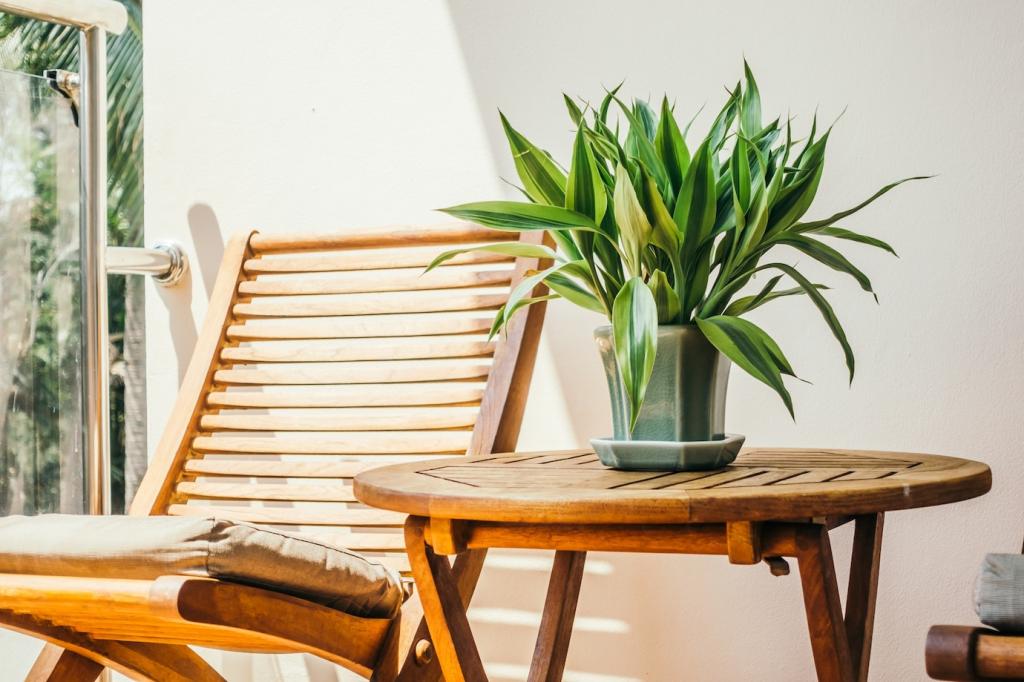
Design Inspiration and Trending Directions
Timeless Minimalism Meets Warm Patina
Blend clean-lined silhouettes with weathered textures. A slim-legged console in muted paint feels fresh against plaster walls, while natural wood accents provide balance. Minimal hardware, breathable fabrics, and negative space allow each upcycled piece to shine without overwhelming the room’s calm energy.
Color-Forward Maximalism
Lean into saturated hues, bold patterns, and layered finishes. Try color-blocked drawers, unexpected interior colors, or graphic stencils across panels. This playful approach celebrates personality, turning recycled furniture into a statement that invites conversation and encourages readers to share daring transformations.
Industrial Revival with Soft Touches
Pair reclaimed metal frames with oiled wood tops and linen upholstery. Exposed screws, visible welds, and practical casters nod to utility, while rounded edges and warm finishes keep spaces welcoming. The result is rugged yet inviting, built for everyday living and creative adaptation.
Community, Learning, and Lasting Impact
Post before-and-after photos, material lists, and process notes to inspire others. Ask questions, trade techniques, and recommend eco-friendly products. Your experience shortens someone else’s learning curve, strengthening a supportive circle focused on furniture recycling and upcycling for everyone’s benefit.

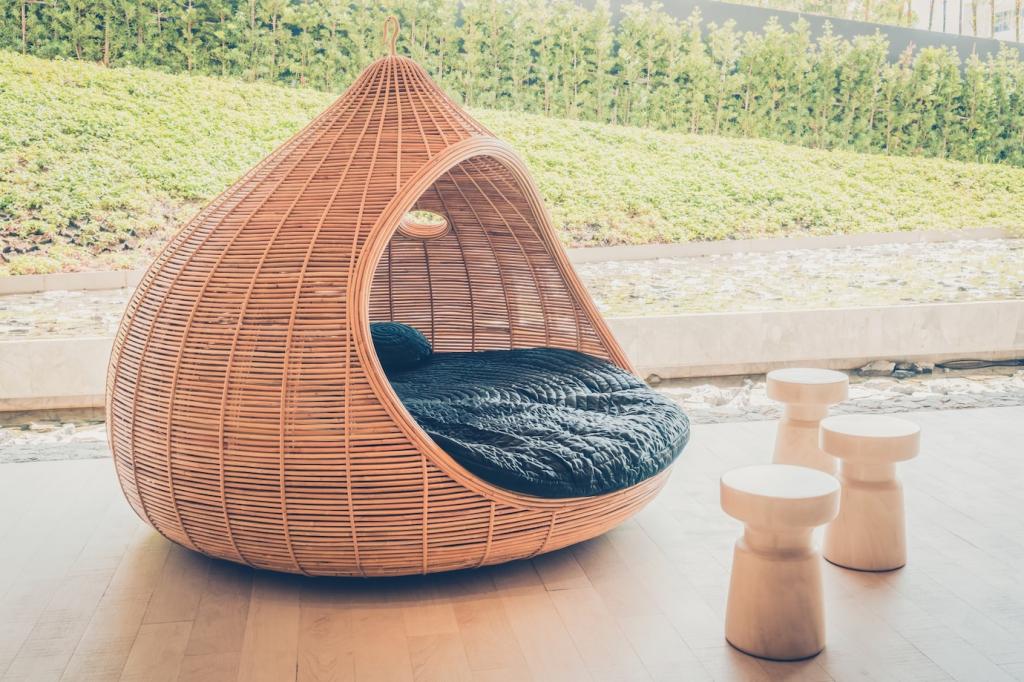
Community, Learning, and Lasting Impact
Organize neighborhood furniture swaps, tool libraries, or weekend workshops. Invite makers to demonstrate techniques like veneering or caning. Participation builds confidence, prevents useful items from becoming waste, and encourages newcomers to subscribe, comment, and return with progress updates and proud reveals.
